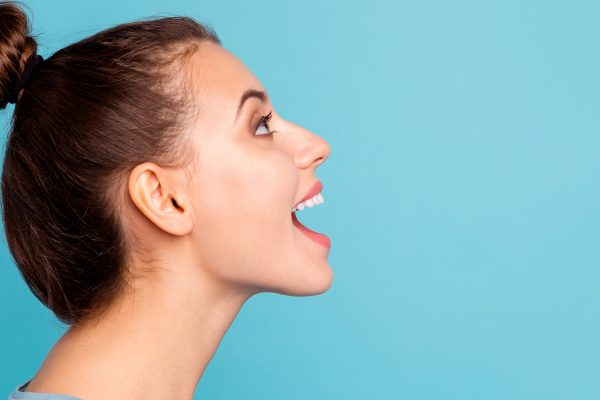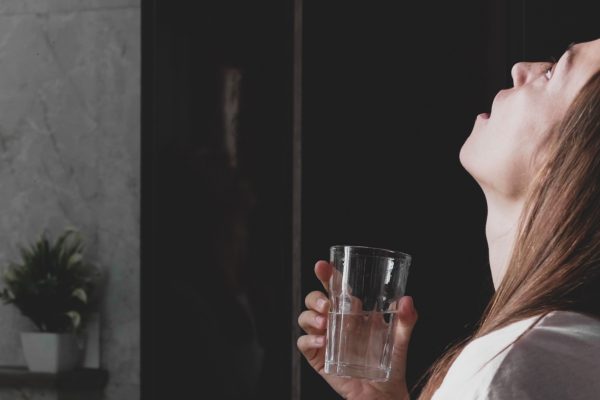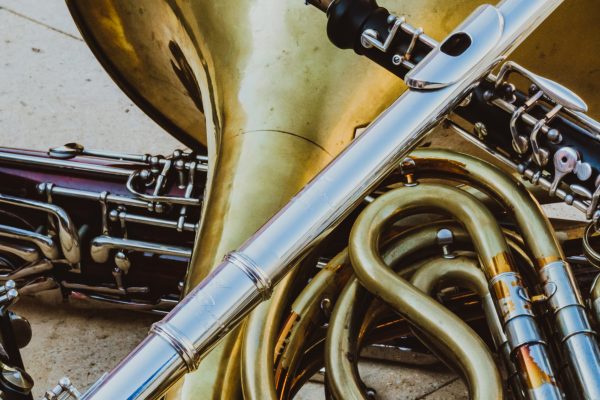Myofunctional Exercises for Sleep Apnea
Achieving a restful night’s sleep is crucial for both your mental and physical well-being. Unfortunately, sleep apnea, a prevalent sleep disorder, often leads to poor sleep quality and the potential for sleep deprivation. Constant interruptions in your sleep patterns can make you more susceptible to severe health conditions that can diminish your overall quality of life and even shorten your life expectancy.
At Birth and Fletcher Orthodontics, our experienced sleep dentist, Dr. Sheila Birth, offers a range of treatment options to address sleep apnea. Among these options, myofunctional exercises stand out as an effective means of alleviating your symptoms or potentially eliminating sleep apnea, either as a standalone treatment or in combination with other therapies.
What Are Myofunctional Exercises?
Myofunctional exercises, also called oropharyngeal exercises and mouth and throat exercises, focus on a specific part of the pharynx called the oropharynx. The oropharynx is a collection of muscles in your oral cavity, which include the sides and back walls of your throat and the back third of your tongue.
Myofunctional therapy exercises strengthen the muscles of the oropharynx, preventing them from narrowing or blocking off your airways. In turn, this can help reduce or prevent your sleep apnea symptoms.

Benefits of Myofunctional Therapy Exercises
Engaging in Myofunctional Therapy for sleep apnea provides numerous benefits to those who suffer from sleep apnea. Some of the many benefits of myofunctional therapy exercises include:
- Improved Muscle Tone: Myofunctional therapy exercises strengthen the muscles of the tongue, throat, and face, helping maintain better airway control during sleep.
- Reduced Airway Obstruction: These exercises can minimize or eliminate obstructions in the upper airway, reducing the occurrence of apnea events and snoring.
- Enhanced Breathing Patterns: Myofunctional therapy encourages proper breathing through the nose, which can help prevent mouth breathing during sleep and improve oxygen intake.
- Decreased Daytime Fatigue: Improved sleep quality due to reduced apnea events can lead to increased daytime alertness and reduced fatigue.
- Non-Invasive Treatment: Myofunctional therapy is a non-invasive approach, making it an attractive option for those who prefer non-surgical or non-pharmacological solutions.
- Improved Quality of Life: Successful myofunctional therapy can significantly enhance the overall quality of life by promoting better sleep and reducing the health risks associated with untreated sleep apnea.
- Potential Reduction in CPAP Dependency: Some individuals with mild to moderate sleep apnea may find that myofunctional therapy reduces their dependence on continuous positive airway pressure (CPAP) devices or other treatments.
- Customized Approach: Myofunctional therapy can be tailored to an individual’s specific needs, addressing their unique sleep apnea symptoms and contributing factors.
- Long-Term Benefits: With consistent practice, myofunctional therapy exercises can provide lasting improvements in sleep quality and apnea symptom reduction.
- Complementary Treatment: Myofunctional therapy can complement other sleep apnea treatments, offering a holistic approach to managing the condition.
- Better Compliance: Patients often find myofunctional therapy exercises to be more comfortable and easier to adhere to than some other sleep apnea treatments.


Options for Myofunctional Therapy Exercises


Tongue Exercises
The purpose of tongue exercises is to reduce the risk of it falling back into your throat and blocking your airway while you sleep.
Tongue Slide
- Place the tip of your tongue against the back of your top front teeth.
- Slowly slide the tip of your tongue backwards along the roof of your mouth.
- Repeat this five to ten times.
Tongue Stretch
- Open your mouth.
- Stick your tongue out as far as you can.
- Try to touch the tip of your nose with your tongue.
- Hold for ten seconds.
Tiger Yell
- Open your mouth as wide as you can, like a tiger getting ready to roar.
- Stick your tongue out and downward, like you’re trying to lick your chin.
- The uvula, the fleshy piece dangling in the back of your throat, should be lifted upward. Use a mirror to check.
- Hold the position for five seconds for a set of ten.
Throat Exercises
When throat muscles are strong, it reduces the risk of your throat closing up and blocking the airflow. You may try these throat exercises mentioned below.
Gargling
- Put a moderate amount of water in your mouth, not enough to completely fill it.
- Tilt your head back without swallowing any of the water.
- Try to make the ‘ah’ sound. This should produce a vibration that makes the water produce noises similar to when it’s boiling.
- Do this continuously for five minutes.
Ceiling Swallow
- Bring your head down so your chin rests against your chest.
- Open your mouth wide and stick your tongue out as far as possible.
- Gently bite down on your tongue while lifting your head up towards the ceiling.
- When your head is fully tilted back towards the ceiling, swallow.
- Repeat five times.
Say ‘Ahhh’
- Open your mouth as wide as you can.
- Say ‘ah’. The sound should come from the back of your throat.
- Do this continuously for 20 seconds.
Singing
Singing is an effective and versatile form of oral exercise for sleep apnea that strengthens the muscles in your mouth and throat as well as your abdominals and diaphragm.
- Before signing, be sure to warm up your vocal cords. Try singing the scales for five minutes.
- When singing, try elongating the vowel sounds.
- Focus on your breathing. When you sing, your breathing should come in through the nose, out through the mouth, and from the diaphragm.
- Try to sing continuously for thirty minutes.




Playing Wind Instruments
When playing wind instruments, you’re engaging your mouth and throat. Playing instruments such as the trumpet, clarinet, and oboe are especially good oral exercise for sleep apnea because you’re learning how to gain control of these muscles. Playing wind instruments can also strengthen your lungs and diaphragm, increasing your breathing capabilities.
- Just like with signing, you should warm up before playing your instrument.
- Try to play continuously for thirty minutes.
Frequently Asked Questions
How long do I need to do these exercises before I start seeing results?
Can myofunctional therapy exercises help with chronic mouth breathing?
Are myofunctional exercises painful or uncomfortable to perform?
Are myofunctional exercises a standalone treatment?
Alleviate Your Symptoms With Myofunctional Therapy Exercises
Simple myofunctional therapy exercises for sleep apnea can help control your sleep apnea symptoms. To learn more about oral exercises for sleep apnea or to schedule an appointment with Dr. Birth, contact Birth and Fletcher Orthodontics in Fort Worth by dialing 817-502-9103 or filling out the contact form at the bottom of the page. Birth and Fletcher Orthodontics serves new and returning patients from Fort Worth and surrounding areas such as River Oaks, Arlington, & Westover Hills, TX.
